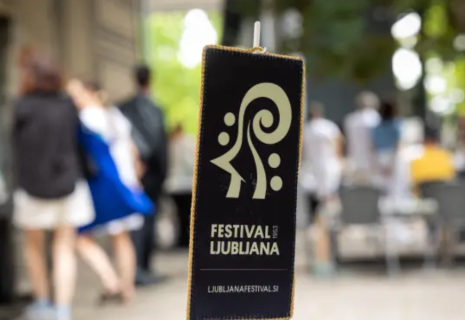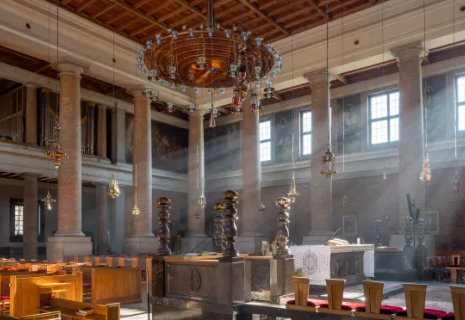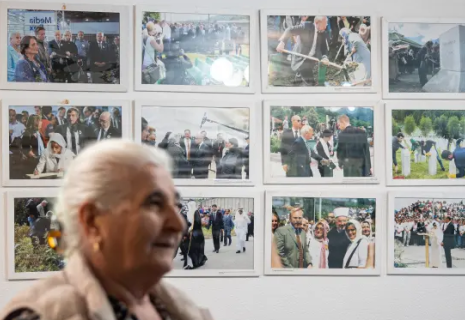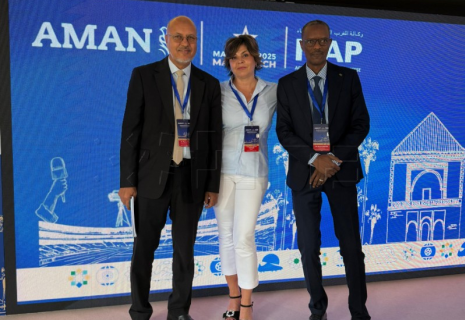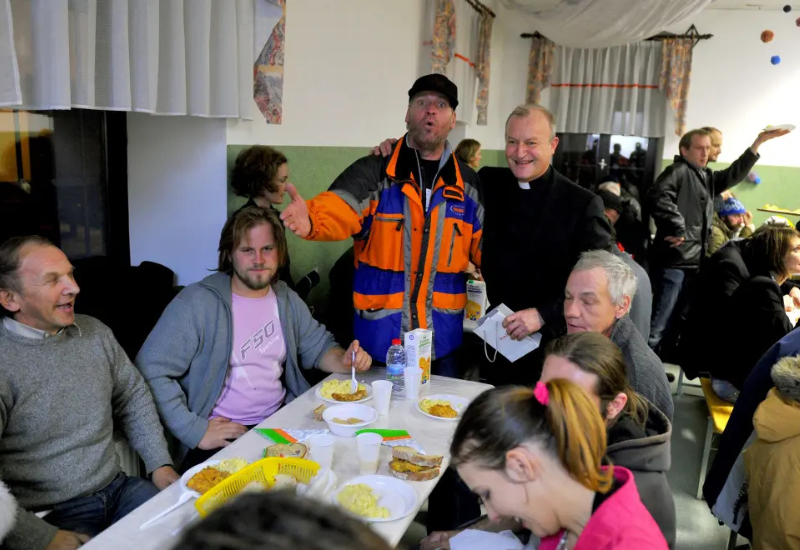
Ljubljana unveils shocking truth of its homeless crisis
The first major survey on homelessness in Slovenia's capital city paints a complex picture. The homeless population, believed to be the largest in the country, is very diverse, many sleep rough despite welfare benefits, and there is no one-size-fits-all approach. Nevertheless, the situation is improving as more housing programmes are being rolled out.
The most common reasons for homelessness are family problems, financial difficulties, domestic violence, health issues and job loss, according to a report presented on 5 June that surveyed 426 homeless people in the city, CE Report quotes The Slovenia Times.
Half of the homeless receive welfare benefits and 9% receive a pension, whereas only 14% have no income whatsoever.
A significant share of the identified homeless people are couples living with one or more children, according to Hana Košan of Kralji Ulice, a local non-profit that runs a day centre for the homeless.
Around a fifth sleep rough, while 29% live in homeless shelters.
The proportion of health problems such as addiction or mental health issues is higher among the rough-sleeping population, Košan said.
"This implies that we do not have enough low-threshold programmes providing suitable accommodation for individuals with very complex issues."
A large share of the identified homeless people belong to the category of concealed homelessness, which includes those living with friends or in institutions.
More than four in ten have been homeless for more than five years.
Women account for a third of the homeless population. Half the homeless are aged between 30 and 49 and a third are older than 50, which Košan said is worrying, as the health of homeless people deteriorates drastically after they pass the age of 50.
Around 15% are younger than 29.
Košan noted that the number of homeless people in all-day shelters and accommodation programmes in Ljubljana is increasing, which she believes is a step in the right direction.
"It has turned out that Ljubljana has gone beyond short-term solutions such as shelters and that many of the programmes are about long-term accommodation... Housing-first solutions are what allows people to escape homelessness," she said.
The survey was coordinated in Slovenia by the Faculty of Social Sciences, University of Ljubljana as part of a broader European survey conducted in 15 cities last year.

